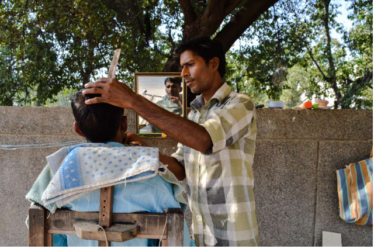In May 1964, after Prime Minister Nehru died, Lal Bahadur Shastri assumed office. One day, during an informal conversation, Shastriji shared a concern with Union Health Minister Dr. Sushila Nayar: “We produce thousands of doctors every year, yet our villages remain without care. These doctors are trained in cities. And stay there. Why can’t we start a medical college in a village?”
The question struck a deep chord. As Gandhi’s close associate and a passionate public health reformer, Dr. Sushila Nayar had long felt that India needed a new kind of doctor. One trained in simplicity, empathy, and service to the rural poor. What if, she thought, a medical college could rise in a village? One that would not just teach medicine, but instill a sense of purpose?
She proposed setting up such an institution in Sevagram. The village where Gandhiji had lived for twelve years. Prime Minister Shastri was deeply moved. “Why not one in every state?” he asked. “Let’s begin with one,” Nayar replied. “Let Sevagram be the laboratory of this experiment.”
With strong political backing, the proposal gained momentum. But in January 1966, just as the Planning Commission was considering it, tragedy struck—Prime Minister Shastri passed away suddenly in Tashkent.
The plan stalled.
Then came an unexpected twist. That same year, the Vatican offered to fund and build a 500-bed modern hospital in Sevagram, fully equipped and run with foreign aid.
For a poor, rural village, the offer was tempting. But when Rashtrasant Tukdoji Maharaj heard of it, he was disturbed. He wrote to Dr. Sushila Nayar: “How can we allow foreign money and foreign leadership to dominate the land sanctified by Gandhiji? Have we lost the will, the resources, the self-belief to build our own hospital?”
His words stirred her. Grateful as she was for global support, Dr. Sushila Nayar believed that Gandhiji’s Sevagram must be home to an Indian institution—one built with Indian hands, Indian values, and Indian vision.
She turned down the offer.
Three years later, MGIMS was born—India’s first rural medical college. With national resolve. Not as someone else’s gift, but as her dream fulfilled.
Exactly the way she wanted it to be.
The story is far from over. I’ll soon narrate what happened next.
